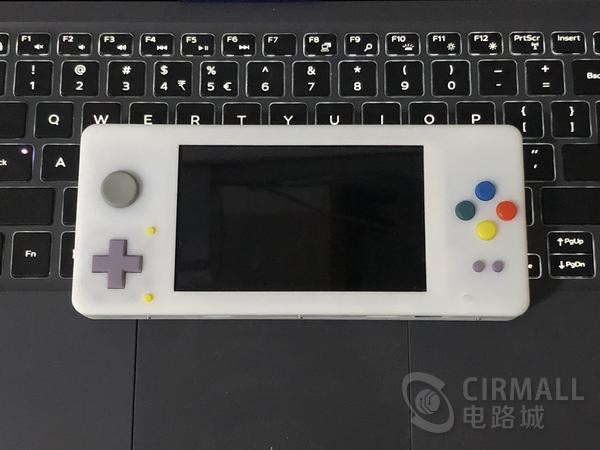
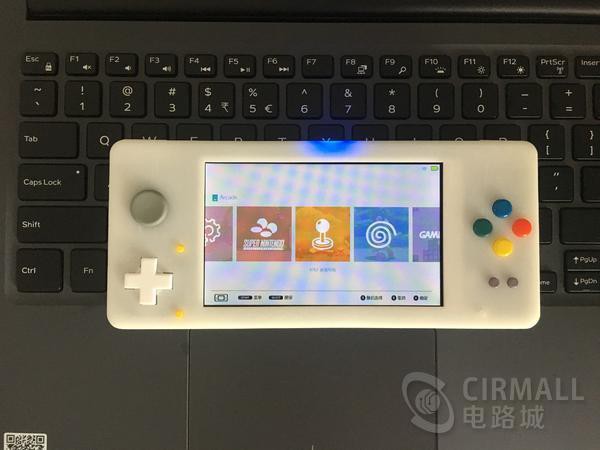
The performance of the retro handheld game console in current market is not so good, few of them are qualified to fluently run PS1 games. The performance of CM3L Computer Book of Raspberry Pi can not only fluently simulate PS1, but also can simulate NDS, DC and PSP etc. In addition, the volume of CM3L of Raspberry Pi is immensely smaller than 3B of Raspberry Pi, so more battery capacity can be equipped while the handheld game console is made portable.
This handheld game console is a Raspberry Pi handheld game console with the CM3L computer book of Raspberry Pi as the core, which supports games on gb, gbc, gba, nds, psp, nes, snes, md, ps1, dc, dos Arcade and other major platforms.
The major characteristics of hardware are as follow:
①4.3” 800*480 IPS screen is adopted, the viewing angle is wide, and the display is fine and smooth, which is fit for the point-to-point display of all kinds of simulators.
②The same style joystick of 3DS and the same style silicone pad of NDSI are adopted to ensure the hand feeling of buttons.
③Cooling fin and micro turbofan are used for CPU thermal dissipation to ensure that the work frequency of the CPU would not be reduced because of high temperature and then ensure the performance and stability.
④The mainboard is separated with button board, they are connected with each other through flat ribbon cable, which is convenient to repair and change buttons if they are damaged.
The major characteristics of software are as follow:
① It is based on 4.4 version of retropie system.
②The relevant operation interface is Chinesized including the front end of ES and the simulator interface of retroarch.
③It joined in the steamlink and can play steam game through streaming with PC.
④It joined kodi player and can watch live and video.
⑤The signal strength of WIFI and battery level are shown in real time on the top right corner of the screen.
Description of Enclosure Design:
Because the size of screen determined that we have to use the screen of 4.3”, the size of enclosure is mostly based on the reference of handheld game console PSP with same screen size. The final size that we designed is also as same as that of PSP. Because the buttons, button holes and various interfaces on the enclosure are all required to be controlled in precision, the enclosure is produced through SLA 3D printing. The software used is the SketchUp of Google which is easy to use and suitable for people who did not know about 3D graphic design.
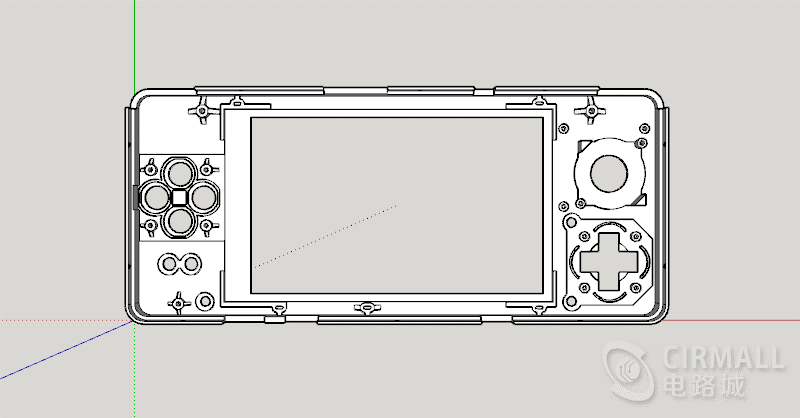
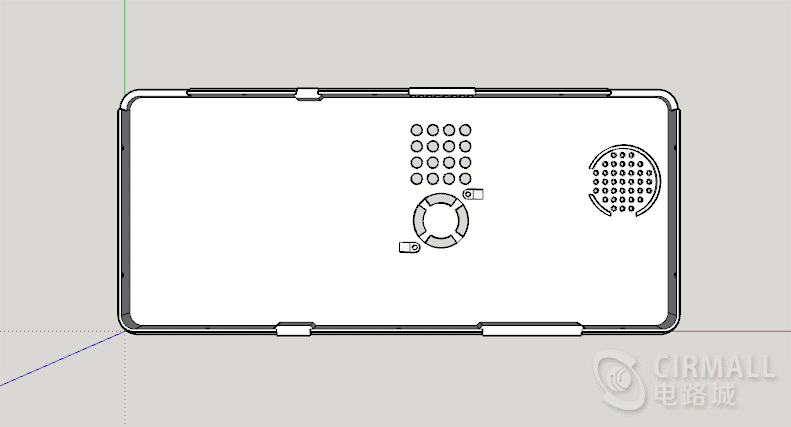
It is mainly completed depending on the FDM 3D printer in my home during the early designing period, and then printed the SLA 3D enclosure at cloud factory after it is finalized in later period. Thus, I can save some money on 3D printing during the early period when I have to revise the size frequently.
One of the biggest troubles in design was the thickness of the keys, the thickness difference of 0.1mm varies greatly in hand feel, fortunately, I finally find a relatively appropriate key thickness to ensure the key feel.
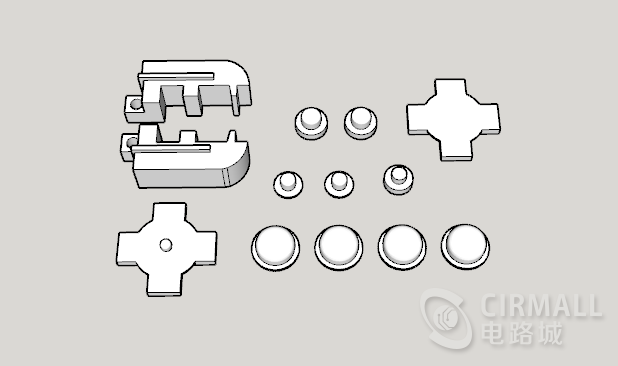
Description of Circuit Design:
The software I used to develop is AltiumDesigner. The circuit is mainly built with Raspberry Pi CM3L as the core. Raspberry Pi CM3L brings out a relevant interface for the board card with DDR2 interface, but no power supply, WIFI and Bluetooth functions are provided. Bluntly, it is a Raspberry Pi 3B without power management chip, WIFI chip, Ethernet chip, and Bluetooth chip. In addition to the incomplete peripheral, the performance is just as same as that of Raspberry Pi 3B.
Here below is the topological graph of mainboard circuit:

Raspberry Pi CM3L module is connected to the screen by DPI bus (RGB888 model). Because the DPI bus occupied a lot of IO ports, sound card, WIFI and button controller are all connected to the Raspberry Pi CM3L through a four ports USB-HUB, make a USB-OTG interface using the empty USB port, which is convenient to connect to keyboard to conduct the system debugging...
Read more » Cirmall
Cirmall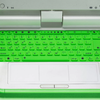
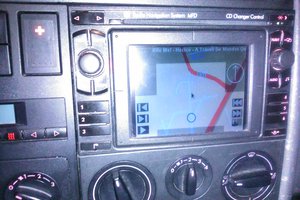
 Robert Pohlink
Robert Pohlink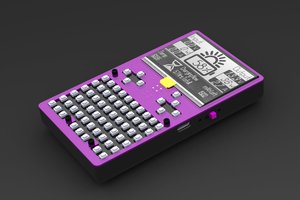
 pcadic
pcadic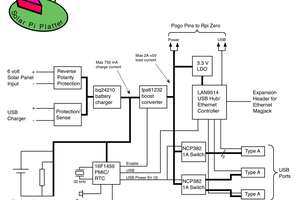
 Dan Julio
Dan Julio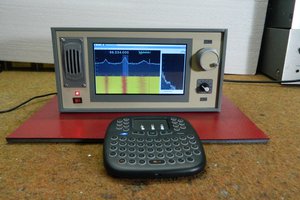
 mircemk
mircemk
like dinguinoo